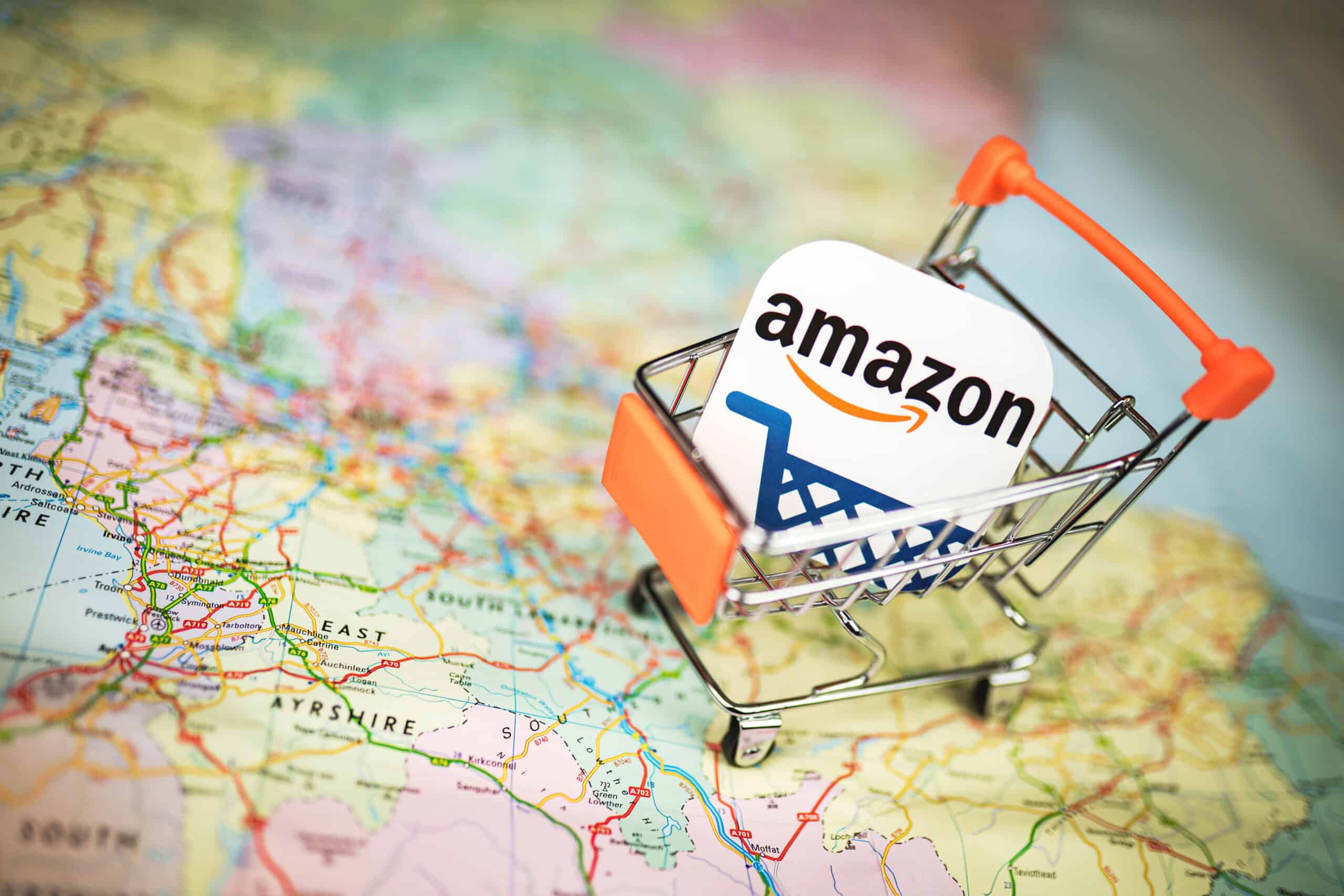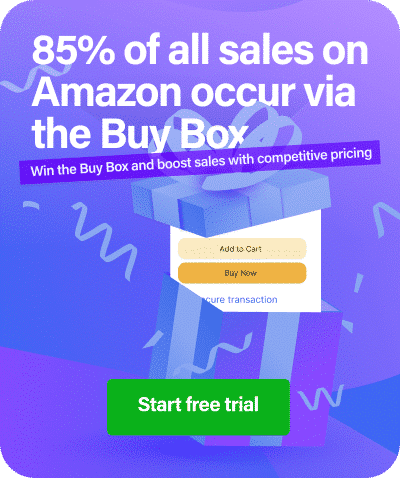You’ve built a successful Amazon business in your home market, but there’s a nagging question keeping you up at night: Should I go international? With Amazon’s global network spanning 21 international marketplaces and reaching over 200 countries, the opportunity is massive. But so are the complexities.
This comprehensive analysis breaks down the real potential versus the challenges of Amazon international selling, giving you the balanced perspective you need to make an informed decision.
The Numbers Don’t Lie: Global Market Potential
The scale of Amazon’s international operations is staggering. International sales totaled $142.906 billion in 2024, up 8.92% YoY, representing a significant portion of Amazon’s total revenue. Last reported quarter, 2024 Q4, it was $43.42 billion, up by 8% year-over-year from $40.24 billion.
But here’s what really matters for sellers: Amazon has a strong global presence with 21 different international marketplaces, including a newly launched marketplace in South Africa as of May 2024. More than 60% of all Amazon sales come from third-party sellers, the majority of which represent small- to medium-sized businesses.
Top International Markets by Traffic and Revenue
When evaluating Amazon global selling opportunities, traffic and purchasing power matter most. As of 2024, the top marketplaces in terms of monthly traffic are the USA (3 billion visits), Germany (605.38 million visits), the UK (569.64 million visits), and Canada (231 million visits).
Europe remains the golden opportunity: The largest annual sales are generated by Amazon USA, reaching nearly $400 billion, followed by Germany with approximately $38 billion, and Japan with $26 billion. This data shows a clear market hierarchy for prioritizing expansion efforts.
Currency Conversion and Market Purchasing Power
Understanding purchasing power is crucial for ROI calculations. Countries like Germany and the UK are up on the list when it comes to expanding into new markets, as Amazon traffic is high and average income is high as well. When you factor in currency conversion rates and local purchasing power, these markets offer compelling margins despite higher operational complexity.
Breaking Down Entry Barriers by Region
Europe: The Complexity vs. Reward Trade-off
European expansion offers the highest reward but comes with significant regulatory hurdles. The introduction of tools like Export Central, which allows sellers to export to 39 countries in Europe with just three clicks, has simplified the process significantly.
Key European considerations:
- VAT compliance: Essential for Pan-European FBA
- Language localization: Beyond translation to cultural adaptation
- Import duties: Vary by product category and country of origin
- NARF (New Arrangement for Registration and Filing): Streamlined VAT registration for EU non-residents
The Amazon Europe Repricing strategies become crucial when managing multiple European currencies and competitive landscapes. For deeper insights into European market entry, explore our Amazon European Expansion Accelerator guide.
Asia-Pacific: Japan and Australia Leading Growth
Japan remains a high-value but challenging market. Japan: May require a resident director or local address, adding operational complexity. However, the market’s emphasis on packaging aesthetics and quality aligns well with premium product positioning.
Australia presents a more accessible entry point. Our analysis of Amazon Australia’s Growth shows strong momentum with fewer regulatory barriers than other Asia-Pacific markets.
Emerging Markets: Calculated Risk vs. Reward
While established markets offer predictable returns, emerging Amazon marketplaces present unique opportunities. Amazon Global Selling is a flagship eCommerce export program that helps lower the entry barrier for Indian MSMEs and entrepreneurs to start or expand their export business using eCommerce. These programs demonstrate Amazon’s commitment to facilitating cross-border commerce.
Amazon FBA Export: Your Gateway to Global Sales
Amazon FBA export programs significantly reduce the complexity of international selling. Most sellers who use FBA are enrolled in FBA Export automatically, making the initial setup nearly seamless.
FBA Export benefits:
- Automatic enrollment for existing FBA sellers
- Integrated international shipping and import fee calculation
- No additional cost for export capability
- Prime eligibility in destination countries
For European expansion specifically, Pan-European FBA, you can export inventory to one of five countries—France, Germany, Italy, Spain, or Poland. Amazon then automatically distributes your units to each of the other four countries.
ROI Analysis: When International Expansion Pays Off
Success Metrics from Real Sellers
Case studies reveal compelling ROI potential. Within two years of launching in Europe, Blink not only managed to double its sales but also established a significant presence across five European marketplaces. This demonstrates the scalability possible with proper execution.
Amazon Global Selling has been instrumental in rapidly expanding our customer base worldwide in markets like the US, UK, Middle East, Singapore and Australia, according to successful international sellers.
Investment Requirements vs. Returns
The financial commitment varies significantly by region:
Low-barrier markets: Australia, Canada, UK
- Minimal regulatory requirements
- English language advantage
- Similar consumer behavior patterns
Medium-barrier markets: Germany, France, Japan
- Moderate localization requirements
- Specific regulatory compliance needs
- Strong purchasing power offsetting complexity costs
High-barrier markets: EU-wide expansion, emerging markets
- Comprehensive VAT registration across multiple countries
- Extensive localization requirements
- Higher operational overhead, but massive market potential
Overcoming Common International Selling Challenges
Language and Cultural Localization
Cultural differences can also present major obstacles. Certain phrases or images that work well in one country may be considered inappropriate or offensive in another. Professional localization goes beyond translation to cultural adaptation.
Best practices:
- Hire native speakers for product listings
- Research local search terms and keywords
- Adapt imagery to cultural preferences
- Understand local consumer behavior patterns
Managing Import Duties and Tax Compliance
Understand VAT, GST, or other taxes. The EU has specific VAT requirements for non-resident sellers. Tax compliance complexity scales with market expansion, making proper planning essential.
International Shipping and Logistics
Different countries have different laws and regulations regarding the import, export, and sale of products. Amazon’s fulfillment network helps, but understanding restrictions remains crucial.
Regional Market Expansion Strategies
Start Small, Scale Smart
45% of Amazon sellers operating in the U.S. marketplace already operate in at least one other international marketplace, showing international expansion as a natural growth progression rather than an initial strategy.
Recommended expansion sequence:
- Phase 1: English-speaking markets (UK, Australia, Canada)
- Phase 2: High-value European markets (Germany, France)
- Phase 3: Specialized markets (Japan, emerging markets)
Market-Specific Considerations
Netherlands and Belgium: Our guides on the Amazon Netherlands Marketplace and Amazon Belgium Integration provide detailed market entry strategies for these growing European markets.
Canada: Canada: Bilingual packaging laws (English and French) might affect your listings. Despite regulatory requirements, geographic proximity and cultural similarity make Canada an ideal first international market for US sellers.
Technology and Tools for Cross-Border eCommerce
Automation and Repricing Strategies
International markets require sophisticated pricing strategies due to currency fluctuations and competitive dynamics. Cross-border eCommerce success depends on real-time pricing adjustments and market monitoring.
EFN (European Fulfillment Network) Advantages
The company’s meticulous approach to understanding each European market’s differences and tailoring its strategy accordingly was key to its success. EFN enables this tailored approach while maintaining operational efficiency.
Making the Decision: Is International Expansion Right for You?
Readiness Checklist
Before committing to Amazon international selling, evaluate:
- Domestic market maturity: Established success in the home market
- Product suitability: International demand validation
- Resource availability: Capital for inventory and compliance costs
- Operational capacity: Ability to manage increased complexity
- Risk tolerance: Comfort with regulatory and currency uncertainties
When to Wait
International expansion isn’t always the right move. Consider delaying if:
- Domestic market still offers significant growth potential
- Product requires extensive regulatory approvals
- Cash flow constraints limit the ability to maintain inventory across multiple regions
- Lack of experience managing international tax compliance
The Bottom Line: Global Opportunity Awaits
Based on historical growth trends of roughly 9.5–11% year-over-year and strong performance across retail, advertising, and AWS, estimates for 2025 point to a full-year revenue growth continuing across international markets. Amazon enabled exports from India to surpass $13 billion by the end of 2024, demonstrating the platform’s commitment to facilitating global trade.
The data is clear: international markets represent a massive opportunity, but success requires careful planning, adequate resources, and realistic timeline expectations. Start with markets that align with your product category and operational capabilities, then scale systematically.
Key takeaways:
- Europe offers the highest revenue potential, but requires comprehensive VAT compliance
- English-speaking markets provide the easiest entry point for international expansion
- Amazon’s infrastructure significantly reduces traditional export barriers
- Success correlates directly with market research quality and localization investment
The question isn’t whether international opportunities exist—they clearly do. The question is whether you’re prepared to execute a successful global expansion strategy. With proper planning and the right tools, Amazon Global Selling can transform your business from a single-market operation into a truly global enterprise.
Ready to explore international expansion? Start by evaluating your readiness against the criteria outlined above, then choose your first target market based on your product category and operational capabilities. The global marketplace is waiting.
Discover How We Can Help—Book a Demo and unlock your brand’s potential.





